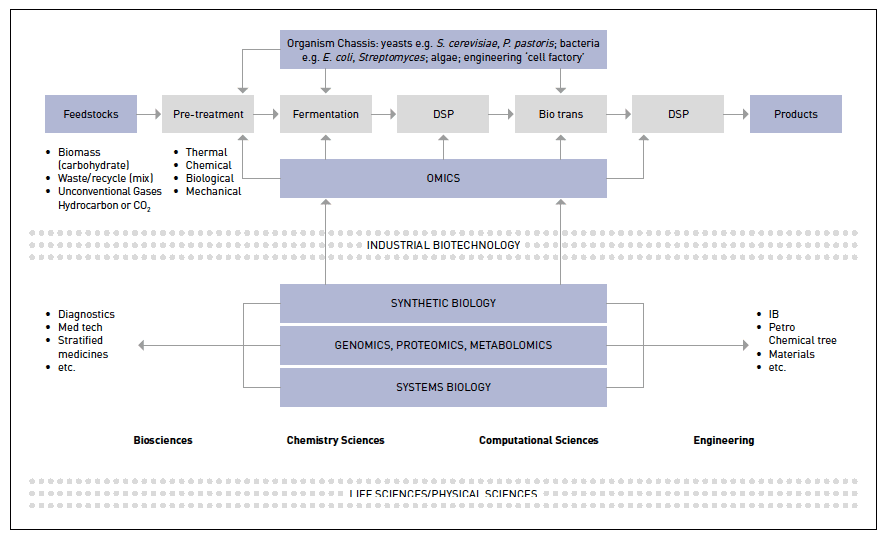MGSA Science & Research Working Group - Aquaculture Science & Research Strategy
MGSA S&RWG was tasked to produce a comprehensive research strategy prioritised on respective contribution to informing the sustainable growth of the Scottish aquaculture industry and potential impacts of the 2020 sustainable production targets as detailed
09 Blue Biotechnology & Growth
According to the latest Horizon 2020 [1] documents approximately 15% of the European economic activity centres on the marine environment and they are predicting that blue biotechnology will have an expected yearly growth of between 5 to 10% with approximately 7 million people employed in this field by 2020. The immense biodiversity of the marine environment is largely unexploited and the potential applications within the pharmaceutical, animal health, cosmetic and biotechnology industries unrealised. But it has been recognised that 'Blue Growth' within Horizons 2020 under Societal Challenge 2 is an important area for the future EU bioeconomy, and the European Science Foundation Position Paper 15 [2] (2010) highlighted many of the research challenges that this sector faces. Scotland has yet to define a value for its marine biotechnology sector but there are some Scottish based researchers active in this field and it has been recognised within the recently funded Scottish Funding Council IBioIC [3] , an innovation centre for industrial biotechnology ( IB). IB uses enzymes and microorganisms and various forms of biomass to generate base materials for a wide variety of products including agrochemicals, food and feed, detergents, paper and pulp and textiles. Figure 8 highlights the main processing pathways the IBioIC will be implementing which does include blue biotechnology. It is an emerging sector that can transform traditional manufacturing. Some applications are already 'live' and green technology [4], [5], [6] is becoming core to the function of many businesses. This field of science not only has potential benefits for industry but also for aquaculture. Marine or blue biotechnology is an extension of this and is the exploitation of marine bioresources for the production of products and services. This can also include the development of services for use in the marine environment in the form of basic research, bioremediation and marine environmental monitoring through to biodiscovery for food and pharma. Within Europe and at an international level the focus on 'Blue Growth' will support the Atlantic Ocean Cooperation Research Alliance launched in May 2013 as part of the Galway Statement [7] .
Commentators suggest that the current value of IB is globally valued at $53-$80 billion and is expected to grow to $225-540 billion by 2025 [1], [4]. Currently the largest value segments are:
- Derivation of chemicals
- Production of biofuels (where the market could reach a value of $100 billion by 2018)
- Production of food and feed ingredients
For marine biotechnology the world market is projected to reach $4.6 billion by 2017. Growth will be driven by the demand for environmentally safe, bio-derived feedstocks and Scotland has an unexplored and underexploited marine resource.
A number of underpinning technologies are required for IB including: plant and microbe biology, systems biology, synthetic biology and genetic engineering, marker assisted breeding, and other platform techniques that can be used to produce new species for the supply of sustainable feedstocks, and process engineering and fermentation. All of these underpinning technologies are available in Scotland through HEIs and are broadly applicable to marine biotechnology. A small number of Scottish institutes have some experience within marine biotechnology including SAMS, Strathclyde, Stirling, Heriot Watt and Aberdeen.
Scotland has strengths in the underpinning platforms including:
- Marine and algal biotechnology
- Microbiology and fermentation
- Enzymology
- Synthetic biology
- Bioinformatics, genomics and proteomics
- Downstream Processing ( DSP)
Figure 8 | An illustration of IBioIC converage of the entire integrated bioprocessing span (from the IBioIC Non-Confidential Executive Summaryc).

Contact
There is a problem
Thanks for your feedback